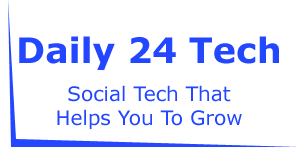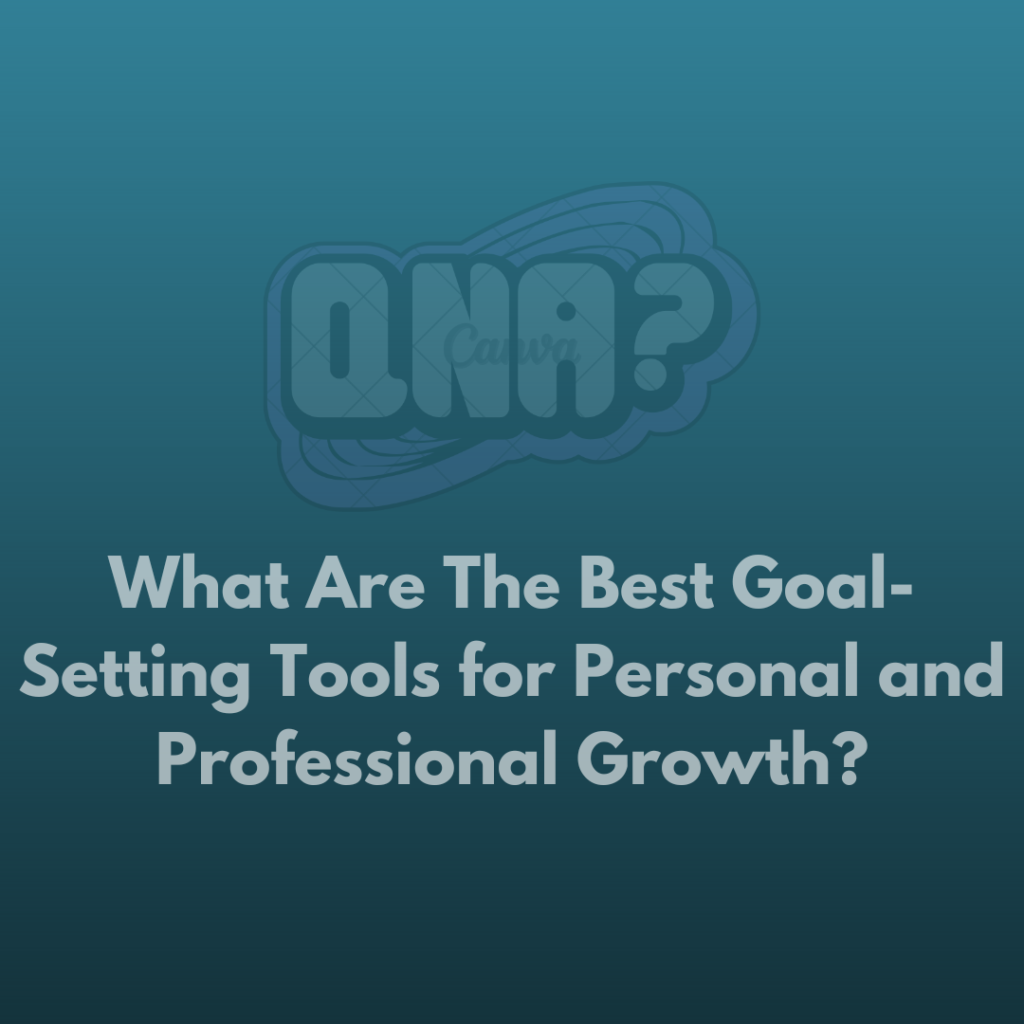Answer | The selection of a programming language is crucial to the success of developing an e-learning application because technology is evolving rapidly. The rush never seems to end as the urge for more and more immersive, innovative, and experiential educational tools grows; hence, developers need to stay a step ahead, using the latest in programming languages. This article is your gateway to applying some of the most cutting-edge programming tools to develop enthralling, user-friendly, and evocative e-learning applications.
Understanding the Importance of Programming Language Selection
The programming language you use for developing your e-learning app impacts the user experience, performance, and scalability of the application. These factors include syntax, libraries, and community support, all of which tend to impact development processes and, therefore, the end product. By getting the right programming language for your e-learning app, you will guarantee an end product that is visually appealing, highly functional, interactive, and responsive.
Checking Out the Latest Programming Languages for E-Learning App Development
The technology landscape is dynamic and ever-evolving, but there are no changes in the list of programming languages which are the top notches for technology. Let’s take a closer look at some of the popular and feature-rich options:
Maintained and developed by Facebook, React.js is a JavaScript library used to develop user interfaces. This makes the rendering very efficient because it allows one to reuse UI components in the component-based architecture. React.js reigns supreme in the domain of developing e-learning applications for some other reasons too, such as enabling one to create dynamic and interactive User Experiences. Key Features: • Virtual DOM: It means that one can update and render the UI efficiently. • Declarative style of programming: This would mean relatively intuitive code organization. • Massive ecosystem of libraries and frameworks combined to enhance extended functionality.
Flutter is a Google-based open-source, multi-platform application UI framework that is created for making high-performance, visually appealing, and natively compiled apps. It is supported by the fastest, scalable, and learnable programming language Dart. This is what promotes Flutter in e-learning mobile applications as one of the best options for platform-independent and coherent experience development. For a cross-platform development using the same codebase, it gives the best features like highly performant rendering by the Skia graphics engine and an elaborate widget library that supports the best possible looks for your user interface.
This Video Credits Goes With Warm Hearts Thanks To The Owner: Code With Arvind.
Swift is a new-age open-source programming language developed by Apple for creating applications for iOS, macOS, tvOS, and watchOS. It is clean, its syntax is modern, it is high performance, safe, and easy to use, so it is pretty popular for e-learning application development for Apple platforms. Swift is the best choice for e-learning apps when it comes to deeply integrated integration into the ecosystem of Apple. During development, it involves key features such as succulent and efficient syntax, a strong type system with safety features, and tight integration with Apple development tools and frameworks.
Read Related: Que | How Can Online Learning Platforms Boost Your Professional Skills In Coming 2025?
Python is a high-level, all-purpose programming language that is known for being simple, readable, and feature-rich in its gigantic library ecosystem. While this language is not usually connected with mobile app development, it has come up as a very strong option in developing e-learning apps, especially in data analysis, machine learning, and all kinds of backend services. Regarding its ease of use and availability of strong, pre-built libraries such as Django, Flask, and Tensorflow, Python is fit for developing feature-rich e-learning applications.
Pros and Cons of Each Programming Language
Let’s compare the pros and cons of the above-mentioned programming languages in tabular form to help you make an informed decision:
| Programming Language | Pros | Cons |
|---|---|---|
| React.js | – Efficient rendering with Virtual DOM- Vast ecosystem of libraries and frameworks- Cross-platform development (web, mobile) | – Steeper learning curve compared to some other options – Dependency on JavaScript, which may not be suitable for all developers |
| Flutter | – Cross-platform development with a single codebase- Excellent performance and visual quality – Growing community and ecosystem | – Relatively new framework, with a smaller ecosystem compared to mature options – Dependency on the Dart programming language, which may not be as widely known |
| Swift | – Robust type system and safety features – Tight integration with Apple’s ecosystem – Streamlined and efficient syntax | – Limited to Apple platforms (iOS, macOS, tvOS, watchOS) – Smaller community and ecosystem compared to some other options |
| Python | – Simplicity and readability of the language – Extensive library ecosystem for diverse applications – Strong support for data analysis and machine learning | – Traditional focus on web and desktop applications, with growing but still limited mobile app development capabilities – May not be the most performant choice for highly interactive e-learning apps |
Factors to Consider When Choosing a Programming Language
While selecting the right programming language for your e-learning app development project, make sure that you consider the following:
Target Platform and Audience: Decide whether your e-learning app mainly targets a web-based, mobile (iOS, Android, or both) platform or both. This will help you choose languages more precisely.
Feature Requirements: Consider any necessary features that should be supported by your e-learning app, such as playing multimedia, running interactive simulations, or analyzing information; then, pick a language that offers strong support for the features you will need to support.
Development Team Expertise: Take into account the skill levels and experience of your development team. If they are already conversant with one language, this will save your resources in starting from scratch on accustomed ground.
Community and Ecosystem: Consider the size and activity of the community for that language. Look at the libraries, frameworks, and third-party tools available that will smoothen the development process.
Performance and Scalability: This will be quite contingent on your e-learning app’s complexity and usage patterns, for it is these that will determine the language’s performance characteristics and scalability. This is highly relevant for resource-intensive features or large user bases.
Learning Curve and Productivity: You should possibly estimate the time and effort your team will require for the language to be learned and mastered. In other words, a language that is easier to learn will have a structure of development that is likely to be quicker and with higher productivity rates.
Workflow Integration of the Selected Programming Language for E-Learning Apps
Now that you have chosen the leading programming language for your e-learning app development, it’s time to embed it within your work line. Here, the steps that one would consider are:
Development Environment Preparation: Ensure that everything, in terms of tools, IDEs, and SDKs that help your team set up to work with the chosen programming language, is well installed at your team’s end. Give them a full onboarding and necessary training.
Design a modular and scalable architecture for your e-learning application so that new features and components can be added to the easiest degree as the project unfolds.
Adopt frameworks and integration of libraries: Research available frameworks and integration of library facilities into the development process, which helps you in faster development and desired functionality.
CI/CD: Set a solid CI/CD pipeline to automate build, testing, and deployment procedures for an assured development workflow.
Performance Optimization and User Experience: Begin continuous monitoring of your e-learning app’s performance and optimize for code, asset management, or any other area such that end-users of the app find it utterly seamless and friendly.
Collaboration with Subject Matter Experts: Collaborate with educational experts, instructional designers, and content creators while designing the technical implementation, so that the technical implementation completely aligns with the pedagogical goals and learning objectives that you have defined for your e-learning app.
Gather Feedback and Iterate: Regularly seek users’, educators’, and other pertinent stakeholders’ feedback, and act upon this information to keep iterating and enhancing your app continuously.
Emerging Trends and Future Considerations
With the e-learning landscape continuously in a state of evolution, it is necessary to stay current with the upcoming trends and technologies capable of supporting the development of your e-learning applications. Some emerging trends and future considerations are:
Augmented Reality and Virtual Reality: Many learning experiences can be brought to life in an immersive and interactive way through the integration of AR and VR technologies, allowing users to consume educational content in new and leading-edge ways.
Artificial Intelligence and Machine Learning: AI and ML are especially useful in personalizing learning experiences, content delivery, and intelligent tutoring systems for optimal learning.
Micro-learning and Bite-sized Content: Developing e-learning apps that contain short focused learning modules reflects the preference of the modern learner for easily digestible content.
Cross-platform compatibility: Consider whether your e-learning mobile app can be accessed through different platforms, devices, and operating systems to ensure a broader reach.
Collaboration and Social Learning: This includes providing features that will help peers interact with each other, share their views, discuss, or learn collaboratively to create a sense of community and make the learning path more holistic.
Staying ahead of these emerging trends and using them in your e-learning application development strategy can future-proof your applications, thereby keeping them fresh and relevant for a very long time.
Conclusion
Choosing the right programming language for your e-learning app development project is a decision to makes all the difference when it comes to developing an engaging and effective learning experience. Stay ahead of the technological wave: Apply the latest programming languages, know their power and pitfalls, and integrate them into a well-structured development workflow—all of this so today’s technology makes a sea change in learning and growth. Get equipped with state-of-the-art tools and embark on your journey of building truly remarkable e-learning applications that kindle the spirit of learning and empower any learner, from any place.


